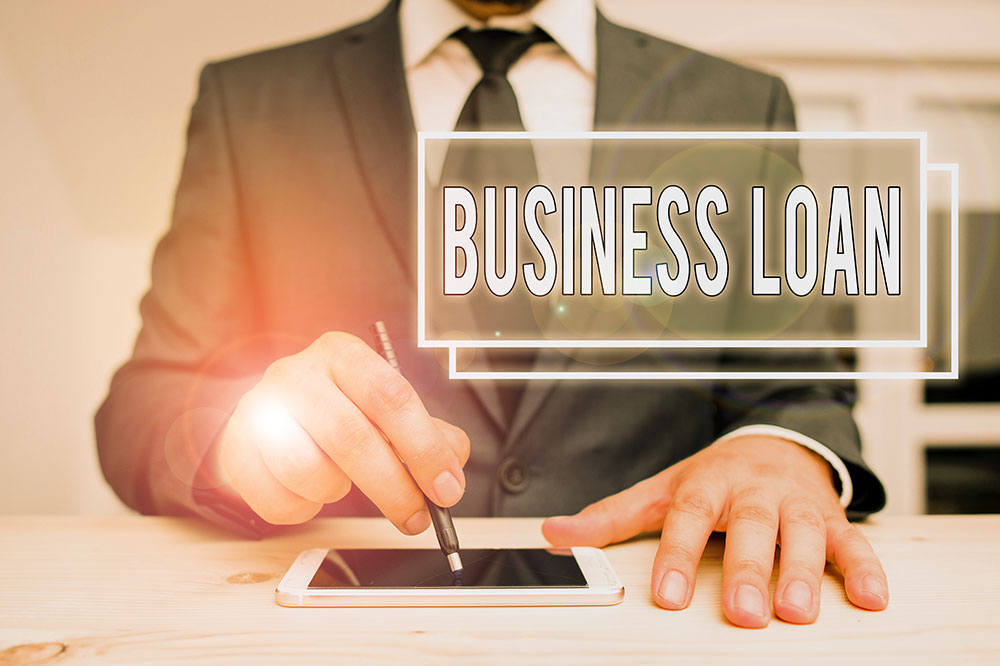10 potential accidents to be mindful of at work

Most people travel to work five days a week, and sometimes more. With all this time spent in the office, or outside, depending on the profession, it is quite likely that they have a workplace accident at some point. Despite most organizations taking precautions, it is better to be aware of the risks. So whether one works from a desk or is regularly on the move, here are the most reported workplace accidents to note.
Motor vehicle accidents
Several people drive cars or bikes to deliver goods and services as part of their job profile. They are exposed to challenging weather conditions, faulty automotive equipment, and negligent drivers that can lead to road accidents. Following driving policies set by the company is a key element in ensuring personal safety.
Physical altercations
Many people get into disputes at the workplace for several reasons, which may turn into physical altercations. The situation may lead to superficial or serious injuries. To avoid such instances, employers must create channels for employees to report any suspicious activity or bring any heated exchanges to the notice of management to prevent disputes.
Slip and fall
The floors at workplaces are cleaned regularly to keep them free from dirt and debris. But a wet floor is slippery, and one may slip and fall if they are not too mindful of their surroundings. Here’s where marking uneven decks, slippery flooring, and indicating other hazards can prevent such accidents.
Repetitive motions
Repetitive motion injuries are triggered by performing small-range or micro tasks constantly, including working on an assembly line, using a mouse on a computer, or typing. As a workaround, employees must be trained in ergonomic work techniques and use good-quality equipment to prevent accidents.
Falls from extensive heights
Construction workers often fall from roofs, ladders, scaffolding, platforms, and other tall surfaces. They even face the risk of heavy objects falling on them if the structures are weak. The fall may stem from poorly built structures or a lack of safety measures. Safety training, fall protection, and employee diligence are essential for such employees.
Entanglement
Rollers, gears, and other heavy machinery may often entrap workers and result in severe injuries. The entrapment occurs because of loose clothing, jewelry, shoes, unbound long hair, and other careless acts. So before working with machines, one must wear the right safety gear.
Electrocution
People who work with electrical equipment, such as exposed wires or cords, without proper safety gear are at risk of being electrocuted. Identifying all electrical hazards to ensure employee safety may help prevent such accidents.
Overexertion
Overexertion may come from lifting, holding, pulling, or pushing heavy objects. The complication may lead to lower back injuries and joint wear and tear. Maintaining proper safety standards and regulating employee health is essential to avoid overexertion.
Malfunctioning machines
Machine parts and similar objects may often malfunction and work improperly when left unattended. The phenomenon can lead to minor or major injuries. Organizations that work with such machinery must check the components regularly to reduce accidents.
Lack of attention
An individual who is not focused in their workplace may risk running into cabinets, doors, walls, machinery, and windows, which may lead to injuries. Reducing clutter at the workplace and marking hazards can help reduce these accidents.






